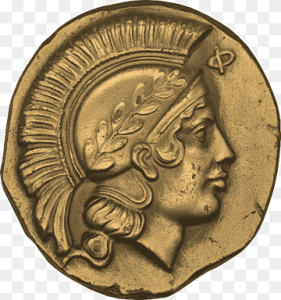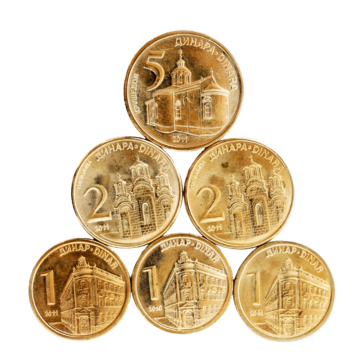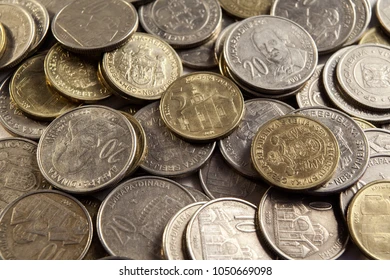Serbia use dinar:
Serbia uses the dinar as its official currency for historical, economic, and political reasons. The dinar has a long history in this region, dating back to ancient times, and its use has evolved over the centuries.
Historical Continuity: Dinard has historical ties to the region. It was used in different forms during different periods of Serbian history, especially during the medieval Serbian state and the Kingdom of Yugoslavia.
Political History: In the 20th century, the Kingdom of Yugoslavia adopted the dinar as its official currency. Despite changes in the political structure of the region, including the dissolution of Yugoslavia, the establishment of the Federal Republic of Yugoslavia, and the subsequent establishment of Serbia as an independent state, the dinar continues to be used.
Economic stability and control: A national currency such as the dinar gives Serbia greater control over monetary policy, interest rates, inflation, and overall economic stability. This allows governments and central banks to tailor economic policy to a country’s specific needs and goals.
Sovereignty and national identity: Serbia’s unique currency symbolizes its sovereignty and independence as a nation. It is a symbol of national identity and economic autonomy. Practicality: Using the local currency is convenient for daily transactions and commercial and financial activities within the country. It simplifies financial transactions and business negotiations and is recognized as legal tender throughout the country.
Although Serbia is not a member of the European Union (EU), several neighboring countries use the euro (€) as their official currency. However, Serbia still maintains the dinar and has no plans to use the euro for the time being. Please note that economic and political conditions can change and currency decisions may change over time depending on a variety of factors.

What is the history of Serbian dinar?
The history of the Serbian dinar is extensive, originating in medieval times.
Here is a brief overview of the historical development of the Serbian dinar:
Medieval period: The dinar, as a currency, originated in the medieval Serbian states. It was first mentioned in the 13th century, during the reign of Serbian king Stefan Uroš I. At that time, the Serbian dinar was a silver coin.
Ottoman rule: During the Ottoman rule of Serbia (late 14th to 19th century), various currencies were in circulation, including Ottoman coins such as the akçe. The Serbian dinar reappeared in the 19th century after Serbia gained autonomy from the Ottoman Empire.
Modern Serbian Dinar: The modern Serbian dinar, in various forms, was created in the 19th century. In 1868, the Principality of Serbia introduced the first Serbian dinar as its official currency. The dinar is linked to the French franc.
Kingdom of Yugoslavia: The dinar remained the official currency during the formation of the Kingdom of Yugoslavia in 1918. The dinar was pegged to the French franc until 1921, after which it was linked to the gold standard.
Socialist Yugoslavia: After World War II, when Yugoslavia became a socialist country, the dinar remained the official currency. The country has undergone many denomination changes and changes in the value of the dinar.
Disintegration of Yugoslavia: With the dissolution of Yugoslavia in the early 1990s, several republics, including Serbia, continued to use their respective versions of the dinar as official currency.
Federal Republic of Yugoslavia, Serbia and Montenegro: During this period, many changes and redenominations of the dinar took place due to hyperinflation and economic instability. Independent Serbia: After the dissolution of the State Union of Serbia and Montenegro in 2006, Serbia became an independent state and the Serbian dinar (RSD) became the official currency.
The Serbian dinar has undergone many denomination changes and changes in value due to economic and political circumstances. It continues to be the official currency of Serbia, with the National Bank of Serbia overseeing the country’s regulatory and monetary policy.

Serbian dinar world position:
As of my last knowledge update in September 2021, the Serbian Dinar (RSD) is considered a non-convertible currency and is relatively little traded globally. Its international position is influenced by various factors:
Limited international trade: The Serbian dinar is mainly used in Serbia and is not widely traded on international foreign exchange markets. Its limited portability limits its use outside the country.
Economic factors: Serbia’s economic stability and performance, inflation rate, interest rates, government policies and trade balance influence the perception and value of the dinar in the international context international.
Foreign exchange reserves: Serbia’s foreign exchange reserves, which include holdings of various currencies, gold and other assets, can affect the country’s ability to stabilize the value of the dinar and manage its position this in the global economy.
Exchange rate policy: The exchange rate policy set by the National Bank of Serbia plays an important role in determining the value and stability of the dinar. Central banks can intervene to influence exchange rates to maintain stability and economic goals.
Trade partners and relations: Bilateral and multilateral trade agreements, foreign investments and economic relations with other countries can indirectly influence the perception and demand for the dinar of the country. Serbia.
Investor Confidence: Global investor confidence in Serbia, influenced by factors such as political stability, economic reforms, business climate and foreign investment climate, can impact on the value and demand of the dinar.
Tourism: Tourism plays a role in foreign exchange earnings generated by Serbia. Tourism and foreign visitors can contribute to the demand for dinars in the economy.
It is important to note that the status and position of a currency can change over time depending on various economic, political and global factors.

For the latest and most accurate information on the position and status of the Serbian Dinar in the world, including exchange rates and market dynamics, it is recommended to consult real-time financial news, business reports internationally and official sources such as the National Bank of Serbia.





